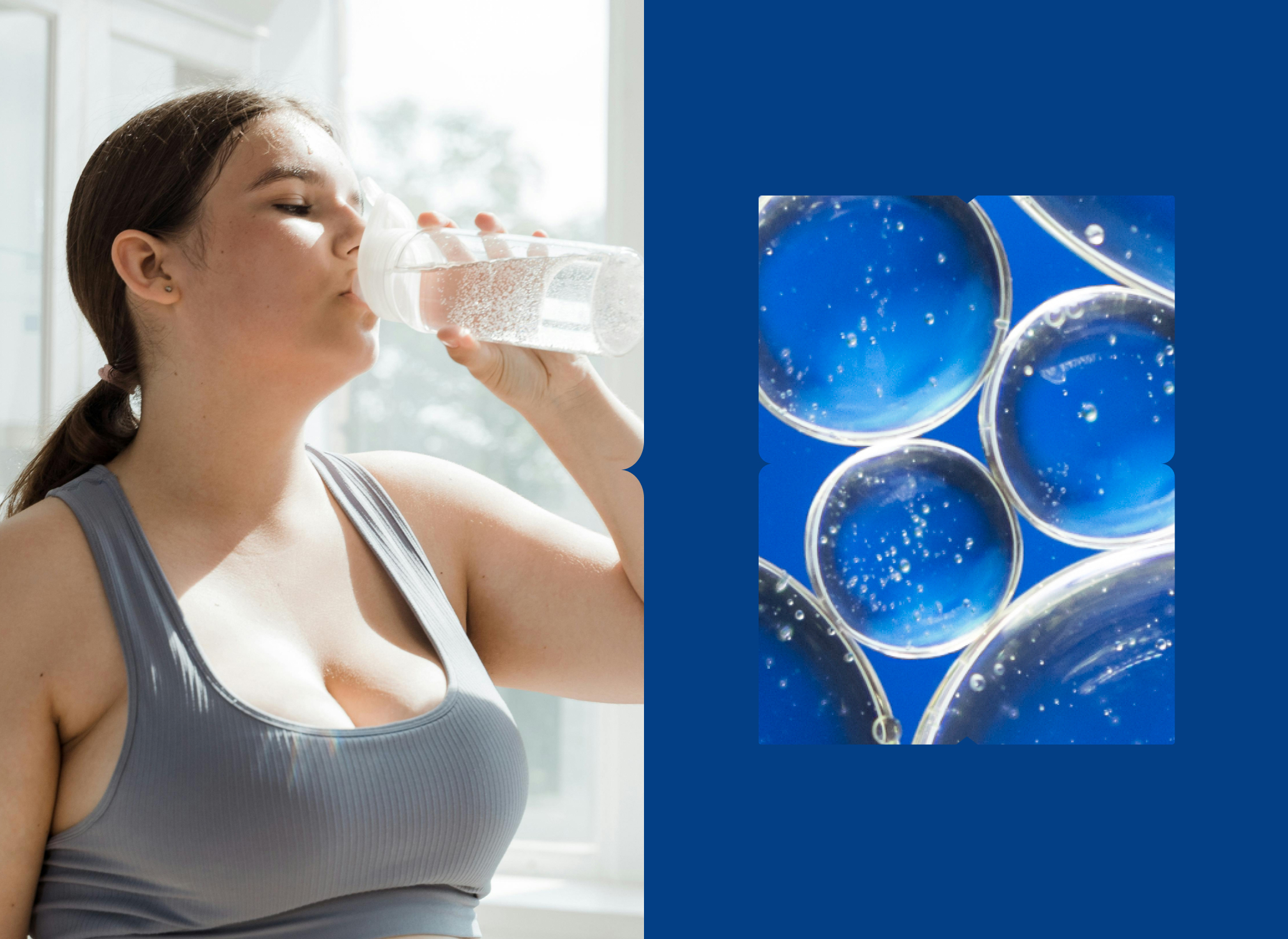How to find specific gravity?
To assess hydration using urine specific gravity, start by collecting a fresh urine sample in a clean container. It's best to use a midstream sample for accuracy.
Once you have your sample, test it using either a specific gravity test strip or a hydrometer. If you're using a test strip, dip it into the urine sample according to the instructions provided. After a short waiting period, compare the color change on the strip to the color chart included with the kit. This chart will help you determine the specific gravity based on the color of the strip.
If you’re using a hydrometer, pour the urine into a clean, transparent container and gently place the hydrometer into the liquid. Allow it to float freely, then read the specific gravity from the scale once it stabilizes.
Interpreting the specific gravity result gives insight into hydration status. A lower specific gravity indicates that the urine is more diluted, which generally suggests adequate hydration. This means your body is efficiently excreting excess fluids and waste. Conversely, a higher specific gravity suggests that the urine is more concentrated, which can be a sign of dehydration. This indicates that your body is retaining fluids and may need more hydration to maintain balance.
Regularly monitoring urine specific gravity can be a helpful way to gauge your hydration levels and make adjustments to your fluid intake as necessary to ensure proper hydration.









